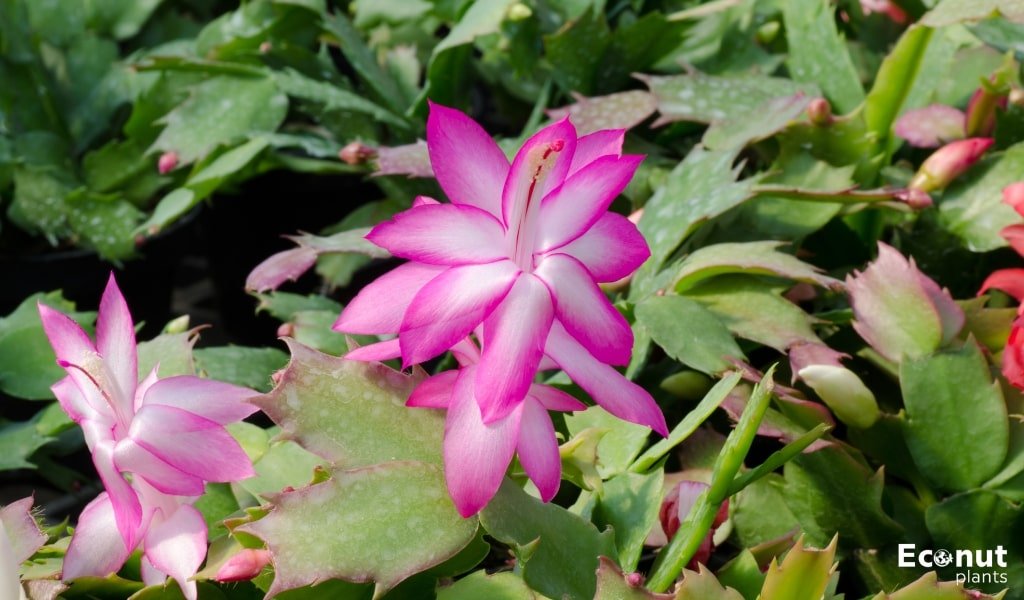Christmas cactus leaves turning yellow are frequently an indication of overexposure to sunshine. This is so because Christmas cacti are native to Brazilian rainforests, where they flourish in damp, shady conditions—unlike many other cacti species. Is there yellowing on your Christmas cactus?
There are a few possible causes for this, but the good news is that most of them are preventable. This article explains the most frequent causes of yellowing leaves on your Christmas cactus and offers solutions.
Improper Watering
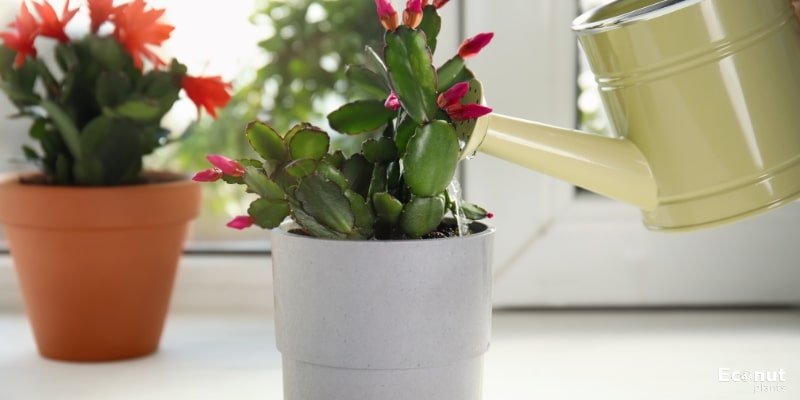
The most common, and often deadly, reason for the yellowing of your cactus is improper irrigation. Cacti are generally drought-tolerant, arid-loving plants that prefer desert habitats.
If your cactus is getting brown towards the base and yellow higher up the stem, you may be unintentionally drowning it. When root rot sets in, it becomes difficult to revive an overwatered cactus. Cacti can become dehydrated, even though they are usually destroyed by overwatering.
Inappropriate lighting
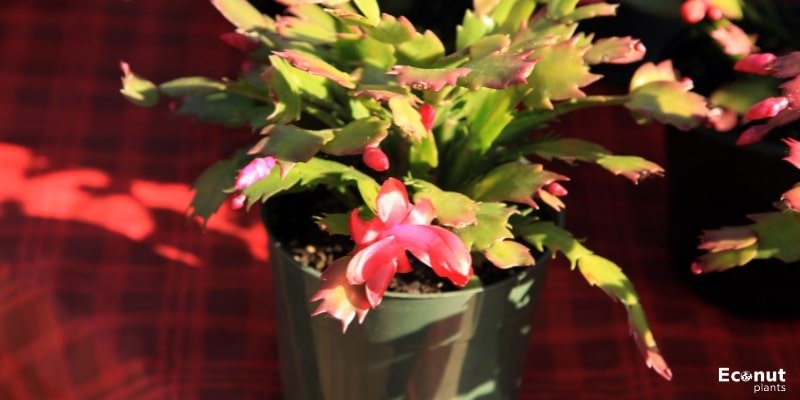
To thrive, cacti need four to six hours of sunlight per day, but ideally, they need twelve. They are generally slow-growing, sun-loving plants.
Every species is unique, though, and excessive sun exposure might result in sunburn or yellow scars or patches. When this becomes worse, the yellow spots can eventually turn brown and damage all or part of the plant.
Most of the time, this leads to further external problems. Indoor grow lights may occasionally be necessary; getting enough light indoors is typically the issue.
Small of a Container
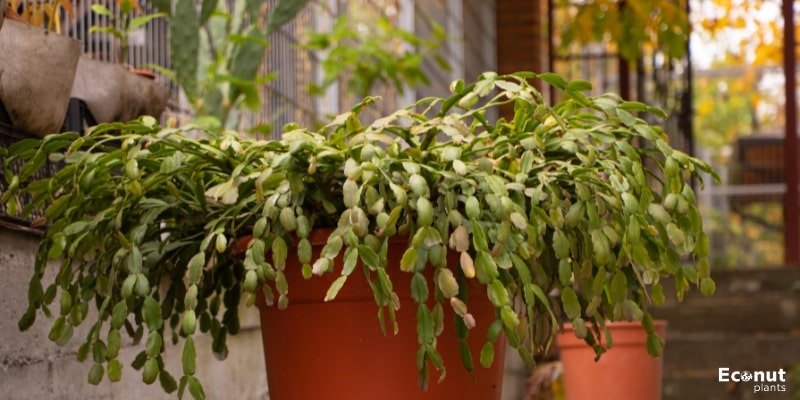
Most plants eventually fill their pots to overflow. Usually, Christmas cactus plants are begun in somewhat tiny pots. When the roots are firmly packed together, they could become pot-bound. When you take the plant out of the pot, if you find compact roots, you should repot.
Numerous problems with these succulents stem from having a container that is too small. A great deal of Christmas cacti is bought in little containers from retailers. They are too big to stay in these pots for very long.
Improper Soil
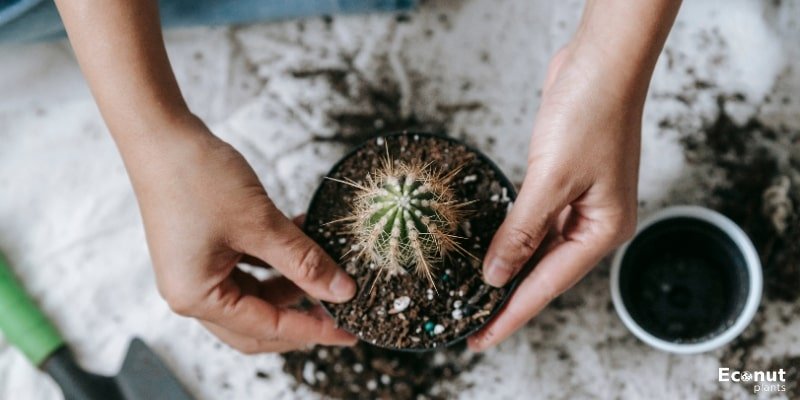
Christmas cacti are found naturally in rainforests with rich, organic soils. Use sand and premium potting soil to improve drainage. A great choice is a potting mix made especially for succulents and cacti.
Densely packed soil does not let water escape, making it less beneficial than loose soil. Choosing the appropriate soil may also help prevent other problems such as nitrogen deficiency and overwatering-induced poor drainage.
It is best to assess these soils and determine whether replacing them is required. If the roots are restricted to the pot and the soil is tightly packed and dense, alter the soil. Remove as much dirt as you can from the roots and place it into the just-wet soil.
Temperatures
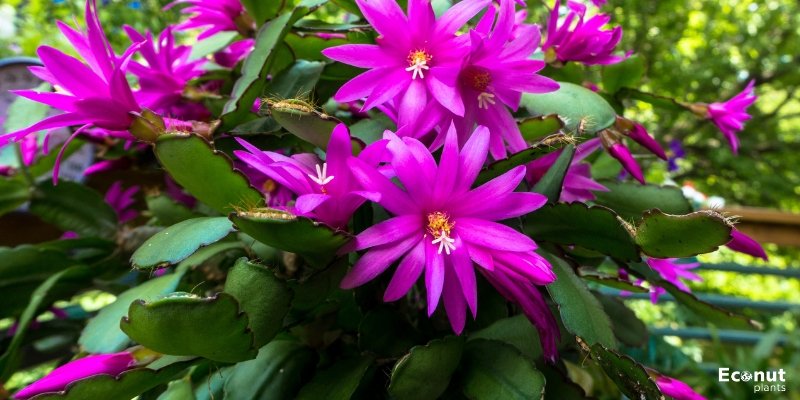
The best temperature for Christmas cacti is around 70 degrees Fahrenheit. They enjoy steady temperatures. The plant will exhibit distress if temperatures drop below 50 degrees Fahrenheit over prolonged periods. Eventually, the plant will wither and begin to turn yellow.
Maintaining steady temperatures is necessary for your plant to flower. The plant won’t blossom if the temperature rises too much. In the winter, do not set them on window sills.
Your home’s temperature may be the cause of yellowing foliage if you are having trouble identifying the issue. There are other places in your house where a draft might enter besides windows.
Poor Drainage
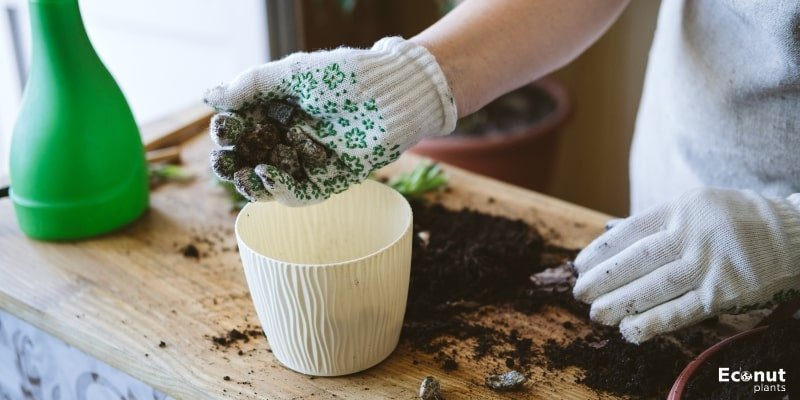
Your cactus shouldn’t be planted in regular potting soil. To survive, these succulents require a fast-draining medium, and potting mixes made especially for cacti are widely available at garden centers, plant nurseries, and home improvement stores.
Additionally, root rot and plant yellowing may result from insufficient water flow through the potting mix.
Nutrient Deficiencies
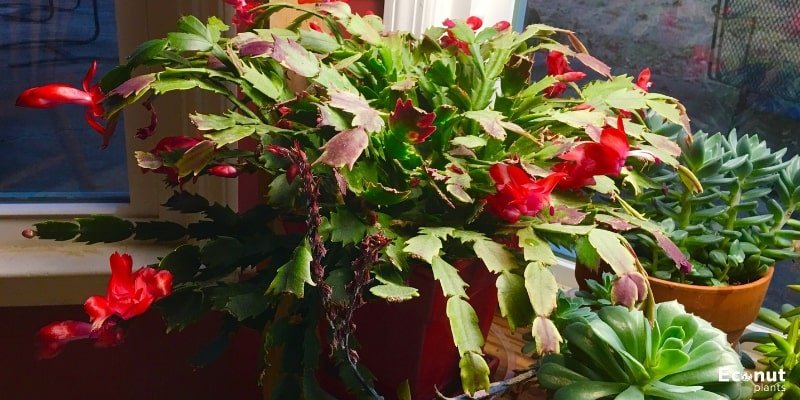
Leaves won’t turn yellow due to nutrient deficiencies; instead, a liquid or well-balanced slow-release fertilizer applied early will solve the problem. A large number of these succulents are already potted in their containers. If the potting material in these containers is of poor quality, the leaves could become yellow.
Use high-quality soil and fertilizer to prevent leaf yellowing and maintain the health of the plant. It’s also a good idea to include some sand in the soil to enhance drainage.
Slow-release fertilizer can be used right away or after transplanting. This type of fertilizer may require up to three months between treatments. Liquid fertilizers can be used as needed or once a month.
Pest Problems
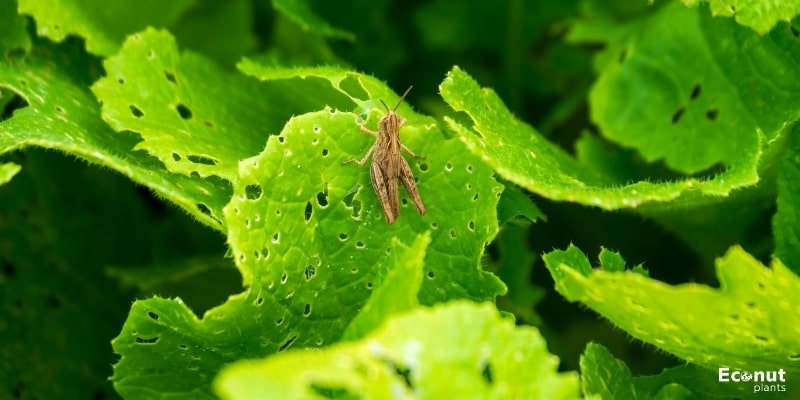
Insects that feed on sap, like mealybugs, aphids, thrips, and whiteflies, can cause discoloration. You must act right now if you think bugs are the reason your leaves are turning yellow. Maintaining the health of your plant depends on catching pests before the infestation gets out of control.
You can bring the plant back inside once the pests have disappeared. Make sure to look for any potential pests on any other plants. To tackle bugs, you can buy a variety of insecticides and home cures online. For efficient pest treatment, adhere to all stated instructions.
Diseases

Growing houseplants means that diseases are likely to arise at some point. Certain illnesses might be challenging to diagnose and manage. However, it is best to diagnose the disease affecting your plant as soon as possible.
The leaves can turn yellow due to a variety of ailments; therefore, you might need to troubleshoot the problem to help fix it. You will need to respond quickly if you find any rot. The plant has a better chance of surviving if you take action sooner.
The best way to stop root and stem rot from spreading is to repot. After being repotted in fresh soil, give it a light watering; try not to give it too much.
Also Read: Roses Holes Leaves
Conclusion
Christmas cacti are a popular gift and decoration that bloom beautifully in the winter. They will repay you with vibrant succulent blooms if you give them the right amount of sunlight, water, and temperature.
Although treating this succulent will inevitably result in yellowing leaves, the illness is curable. For this season and beyond, the secret to a successful and content succulent is to identify issues early!
FAQ
Is it possible to revive an overwatered cactus?
The extent to which root rot has spread determines whether you can restore a yellowed, overwatered cactus. The plant will have brown, mushy roots once root rot sets in, and when the inner stem is split open, it may smell strong.
The plant may be too far gone to repair, but you can try pulling out any rotting stem or leaf sections and mushy, black roots before repotting it in fresh, dry soil.
How does a cactus that has been overwatered look?
You can overwater your cactus for more than just a yellowing stem. Reduce the amount of irrigation if the plant becomes mushy and begins to droop on its stem and spines. Usually, the plant’s base turns brown as the yellowing progresses up the stem.
When does a yellow cactus need watering?
Allowing your yellowing cactus to dry out before resuming a more cautious watering schedule will help ensure that root rot hasn’t completely taken over the plant.
If it’s winter, you may need to water your yellowing cactus even less frequently than once every two to four weeks. Season, house circumstances, and cactus type all affect how often a plant has to be watered.

